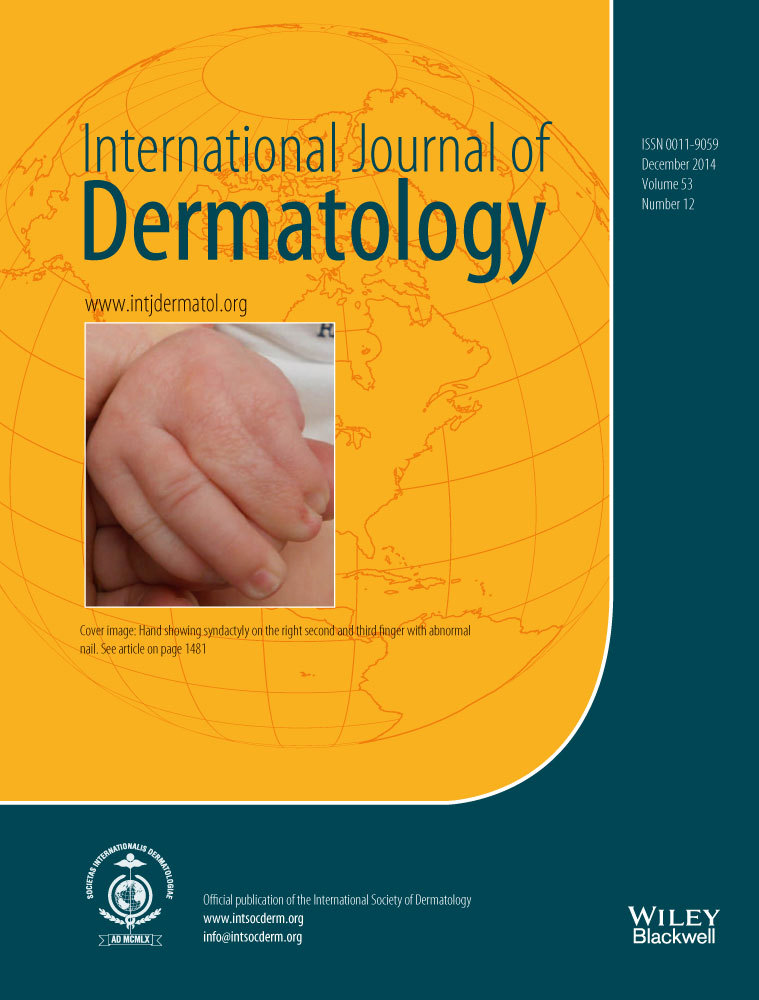Dual-color, break-apart fluorescence in situ hybridization probe for distinguishing clear cell sarcoma of soft tissue from malignant melanoma
Conflicts of interest: None.
Abstract
Background Clear cell sarcoma (CCS) of soft tissue is a rare soft tissue sarcoma with melanocytic differentiation and shares morphologic, immunohistochemical, ultrastructural, and molecular features with malignant melanoma (MM). Because the prognosis of CCS is much different from MM, it is important to distinguish each other by selective method. CCS is well-recognized as having the t(12;22)(q13;q12) translocation, on the other hand MM is not. Therefore, detecting Ewing sarcoma region 1 (ESWR1) gene rearrangement can serve as a crucial diagnostic determinant.
Methods Biopsy was taken from a 52-year-old man who reported a 3-year history of a gradually enlarging nodule on the sole of his left foot. Routine and special stains for melanocytic markers and fluorescence in situ hybridization (FISH) evaluation using dual color break-apart rearrangement probes specific for ESWR1 was performed for formalin-fixed tissue.
Results Neoplastic cells expressed diffuse but strong positivity for HMB45 and S100 but not for Melan-A. Dual color, break-apart interphase FISH revealed EWS(22q12) gene rearrangements in CCS tumor cells.
Conclusion Fluorescence in situ hybridization evaluation using ESWR1 gene probe for CCS sharing clinical and histopathological characteristics with MM is a valuable tool to distinguish each other.




